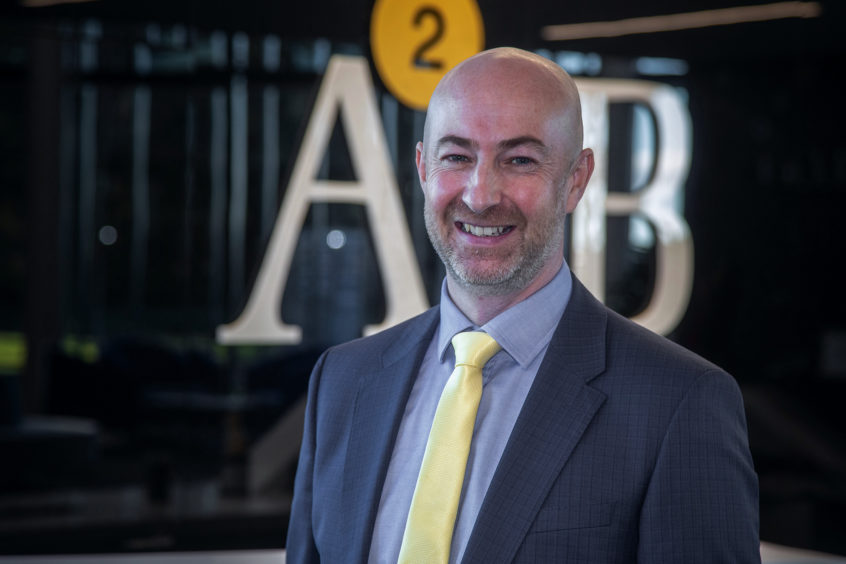
There is a difference between being agile and being flexible.
Working in an industry such as accountancy and business advisory services, it is important to distinguish between the two as confusion, or indeed misuse, could lead to some difficult situations.
The Oxford English Dictionary defines flexible, an adjective, as “able to be easily modified to respond to altered circumstances”, while agile is defined as “able to move quickly and easily”.
Broadly the two are similar, yes?
But try putting them into a working context, particularly when delivering
a service.
Being agile allows us to react and rapidly adapt to changing circumstances. The key is speed.
Flexible working is an employee working in a way that suits their needs, employee-centric, as it were.
This could mean having flexible start and finish times or working from home – essential in this day and age with technology advances allowing us to do so.
Agile working, however, is more of a commitment, a way of working in which an organisation empowers its people to work where, when and how they choose, with maximum flexibility and minimum constraints, to optimise their performance and to do their best work.
Being agile allows teams to be innovative, adaptive and deliver faster.
This enhances productivity for healthier work environments.
The ability to create and respond to change in order to succeed in an uncertain and turbulent environment is vital in today’s oil and gas world.
Take a decommissioning project as an example.
The outcome will be the same, but if organisations react to changing circumstances, technology, conditions and unknowns such as breakdown or protests during the project by being agile, the result may be reached more efficiently and under budget.
On a project-by-project case, no one really knows what lies ahead, or indeed beneath, until the work commences.
By being agile, having a plan that can move quickly could save money, time and resources.
It is important to view being agile as a mindset and not a methodology.
Using a project scenario once again, traditionally, it is the scope that is fixed with cost and time being flexible.
However, turn this into agile thinking and it is the cost and time that is fixed, with the scope being flexible.
The end result or objective is always going to be the same, but being able to adapt the scope by quickly changing the way things are done may lead to improving the flow and greater efficiencies.
At Anderson Anderson & Brown, we have adapted an agile approach to the way we work and the techniques we use to deliver to our clients.
These new methods help us create an environment for success and have required a change to behaviours from everyone across the business.
Already we are seeing the benefits, but with work still to be done, we have seen a rise in staff morale, increased utilisation and improved the quality of service delivered to our clients.
However, being agile is not easy.
Many companies nowadays adopt flexible working practices, but that does not mean they are agile.
Organisations themselves can get in the way of being agile due to size, team structures, culture and so on.
To adopt an agile mindset, everybody needs to be on board and ensure there is the willingness to adopt a newer approach.
It is a skill to be able to step back, look at how things are done and bravely make changes.
The saying “it’s always been done that way” no longer cuts it.
Graeme Robertson is senior manager – upstream oil and gas at Anderson Anderson & Brown
Recommended for you
